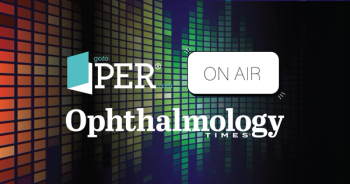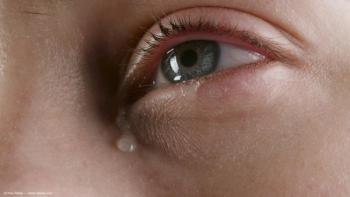
|Videos|December 18, 2020
Safety, efficacy of KPI-121 0.25% for DED treatment
Author(s)David Hutton, Alex Delaney-Gesing
Preeya Gupta, MD, discusses the results of a study evaluating the safety and efficacy of KPI-121 0.25% for the treatment of dry eye disease.
Advertisement
Preeya Gupta, MD, discusses the results of a study evaluating the safety and efficacy of KPI-121 0.25% — a nanoparticle ophthalmic suspension of loteprednol etabonate — for the treatment of
Newsletter
Don’t miss out—get Ophthalmology Times updates on the latest clinical advancements and expert interviews, straight to your inbox.
Advertisement
Latest CME
Advertisement
Advertisement
Trending on Ophthalmology Times - Clinical Insights for Eye Specialists
1
8 things to know about aflibercept 8 mg for retinal vascular disease
2
How AI is reshaping ophthalmology in 2025 and beyond
3
From bench to bedside: Evolving realities of gene therapy for inherited retinal diseases
4
Reimagining dry eye care: Focus on sustained tear production
5







































